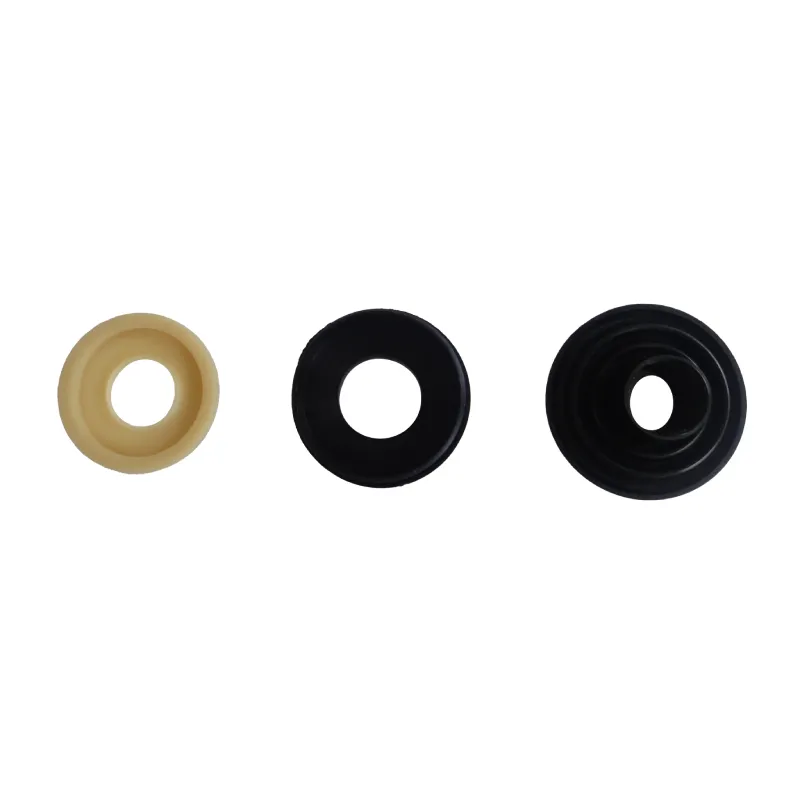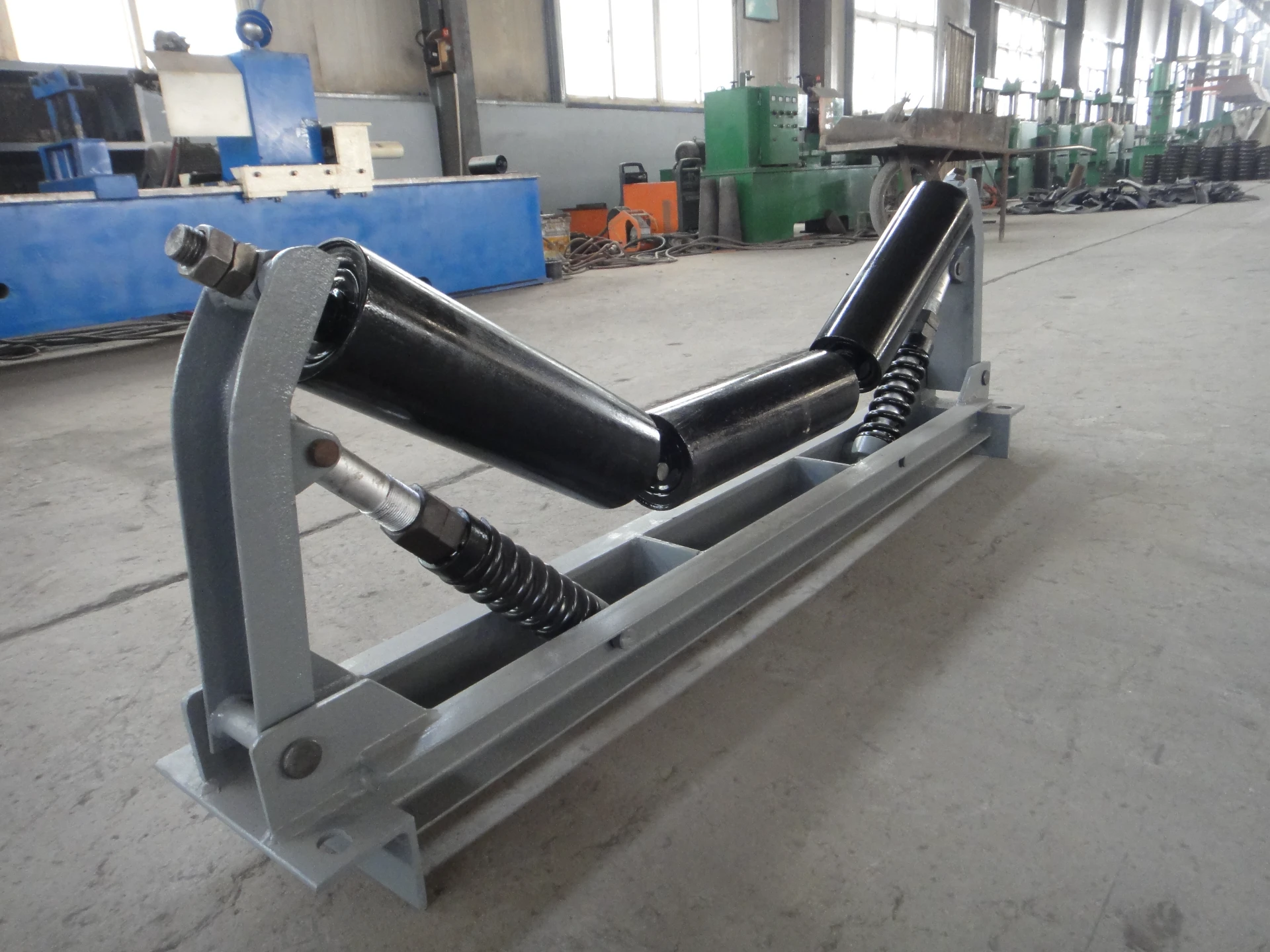 Afrikaans
Afrikaans  Albanian
Albanian  Amharic
Amharic  Arabic
Arabic  Armenian
Armenian  Azerbaijani
Azerbaijani  Basque
Basque  Belarusian
Belarusian  Bengali
Bengali  Bosnian
Bosnian  Bulgarian
Bulgarian  Catalan
Catalan  Cebuano
Cebuano  Corsican
Corsican  Croatian
Croatian  Czech
Czech  Danish
Danish  Dutch
Dutch  English
English  Esperanto
Esperanto  Estonian
Estonian  Finnish
Finnish  French
French  Frisian
Frisian  Galician
Galician  Georgian
Georgian  German
German  Greek
Greek  Gujarati
Gujarati  Haitian Creole
Haitian Creole  hausa
hausa  hawaiian
hawaiian  Hebrew
Hebrew  Hindi
Hindi  Miao
Miao  Hungarian
Hungarian  Icelandic
Icelandic  igbo
igbo  Indonesian
Indonesian  irish
irish  Italian
Italian  Japanese
Japanese  Javanese
Javanese  Kannada
Kannada  kazakh
kazakh  Khmer
Khmer  Rwandese
Rwandese  Korean
Korean  Kurdish
Kurdish  Kyrgyz
Kyrgyz  Lao
Lao  Latin
Latin  Latvian
Latvian  Lithuanian
Lithuanian  Luxembourgish
Luxembourgish  Macedonian
Macedonian  Malgashi
Malgashi  Malay
Malay  Malayalam
Malayalam  Maltese
Maltese  Maori
Maori  Marathi
Marathi  Mongolian
Mongolian  Myanmar
Myanmar  Nepali
Nepali  Norwegian
Norwegian  Norwegian
Norwegian  Occitan
Occitan  Pashto
Pashto  Persian
Persian  Polish
Polish  Portuguese
Portuguese  Punjabi
Punjabi  Romanian
Romanian  Russian
Russian  Samoan
Samoan  Scottish Gaelic
Scottish Gaelic  Serbian
Serbian  Sesotho
Sesotho  Shona
Shona  Sindhi
Sindhi  Sinhala
Sinhala  Slovak
Slovak  Slovenian
Slovenian  Somali
Somali  Spanish
Spanish  Sundanese
Sundanese  Swahili
Swahili  Swedish
Swedish  Tagalog
Tagalog  Tajik
Tajik  Tamil
Tamil  Tatar
Tatar  Telugu
Telugu  Thai
Thai  Turkish
Turkish  Turkmen
Turkmen  Ukrainian
Ukrainian  Urdu
Urdu  Uighur
Uighur  Uzbek
Uzbek  Vietnamese
Vietnamese  Welsh
Welsh  Bantu
Bantu  Yiddish
Yiddish  Yoruba
Yoruba  Zulu
Zulu កុម្ភៈ . 19, 2025 07:52
Back to list
pulley lagging rubber
Lagging rubber, an often overlooked component in the world of industrial materials, has slowly yet steadily cemented its place as an unsung hero in a myriad of applications. While its name might not immediately conjure up images of technical prowess or cutting-edge innovations, lagging rubber has proven indispensable in areas where durability, flexibility, and resistance to various environmental factors are needed. This article delves into the essential roles lagging rubber plays in different industries, provides expert insights on its application, and elucidates why businesses trust this material for enhancing their operational efficiency.
On the authority front, studies have reinforced the structural benefits of lagging rubber in enhancing the overall performance of conveyor systems. According to research published in industrial engineering journals, conveyor systems equipped with properly installed lagging rubber exhibit a marked improvement in traction and reduced belt slippage. This not only aids in the smoother conveyance of goods but also reduces energy consumption, thereby aligning with sustainability goals—a priority for modern enterprises aiming to reduce their carbon footprint while optimizing efficiency. Moreover, innovations within the realm of lagging rubber technology have introduced features such as dimpled or grooved surfaces, which further improve traction and reduce the accumulation of debris between the contact surfaces. Such advancements demonstrate the material’s evolving capabilities in responding to the dynamic needs of industries ranging from mining and manufacturing to logistics and food processing. In terms of trustworthiness, businesses that have seamlessly integrated lagging rubber into their operations speak to its reliability and durability. Testimonials from industrial clients underline a consistent peace of mind, knowing that the equipment is less susceptible to sudden failures or performance dips. Moreover, as the global market trends towards increasingly intelligent systems, lagging rubber complements these technological advancements by providing a robust physical layer that supports digital innovations. In conclusion, lagging rubber stands as a testament to the power of specialized materials that provide significant operational advantages when correctly applied. Its capacity to reduce maintenance costs, enhance productivity, and adapt to various environmental conditions makes it an invaluable asset. For industries seeking to optimize processes and improve competitive advantage, understanding and leveraging the properties of lagging rubber remains critical. The evolving nature of this versatile material ensures that it will continue to occupy a pivotal role in industry-specific solutions, supporting businesses in their pursuit of excellence, sustainability, and efficiency.


On the authority front, studies have reinforced the structural benefits of lagging rubber in enhancing the overall performance of conveyor systems. According to research published in industrial engineering journals, conveyor systems equipped with properly installed lagging rubber exhibit a marked improvement in traction and reduced belt slippage. This not only aids in the smoother conveyance of goods but also reduces energy consumption, thereby aligning with sustainability goals—a priority for modern enterprises aiming to reduce their carbon footprint while optimizing efficiency. Moreover, innovations within the realm of lagging rubber technology have introduced features such as dimpled or grooved surfaces, which further improve traction and reduce the accumulation of debris between the contact surfaces. Such advancements demonstrate the material’s evolving capabilities in responding to the dynamic needs of industries ranging from mining and manufacturing to logistics and food processing. In terms of trustworthiness, businesses that have seamlessly integrated lagging rubber into their operations speak to its reliability and durability. Testimonials from industrial clients underline a consistent peace of mind, knowing that the equipment is less susceptible to sudden failures or performance dips. Moreover, as the global market trends towards increasingly intelligent systems, lagging rubber complements these technological advancements by providing a robust physical layer that supports digital innovations. In conclusion, lagging rubber stands as a testament to the power of specialized materials that provide significant operational advantages when correctly applied. Its capacity to reduce maintenance costs, enhance productivity, and adapt to various environmental conditions makes it an invaluable asset. For industries seeking to optimize processes and improve competitive advantage, understanding and leveraging the properties of lagging rubber remains critical. The evolving nature of this versatile material ensures that it will continue to occupy a pivotal role in industry-specific solutions, supporting businesses in their pursuit of excellence, sustainability, and efficiency.
Next:
Latest news
-
Revolutionizing Conveyor Reliability with Advanced Rubber Lagging PulleysNewsJul.22,2025
-
Powering Precision and Durability with Expert Manufacturers of Conveyor ComponentsNewsJul.22,2025
-
Optimizing Conveyor Systems with Advanced Conveyor AccessoriesNewsJul.22,2025
-
Maximize Conveyor Efficiency with Quality Conveyor Idler PulleysNewsJul.22,2025
-
Future-Proof Your Conveyor System with High-Performance Polyurethane RollerNewsJul.22,2025
-
Driving Efficiency Forward with Quality Idlers and RollersNewsJul.22,2025
OUR PRODUCTS





























